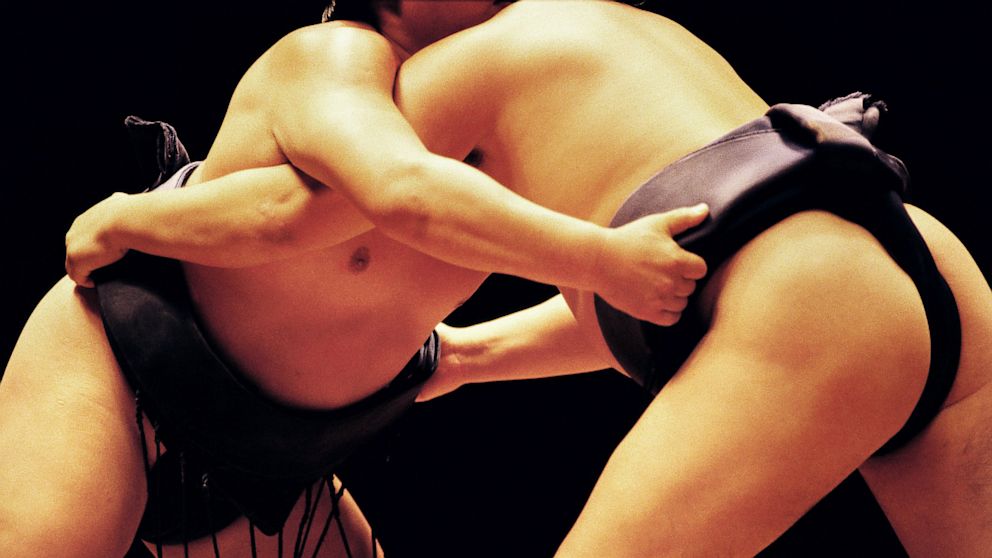Fighting for Sumo: Harsh Life Deters Would-Be Wrestlers
Dwindling numbers of boys are interested in becoming sumo wrestlers.

Aug. 31, 2013— -- Sumo is as Japanese as Mount Fuji or the cherry blossom festival, but the traditional sport is facing problems. Deterred by the harsh training and life of privation that comes with joining a stable, dwindling numbers of boys are interested in becoming sumo wrestlers.
For a sumo wrestler, Takahiro Chino is a flyweight: He tips the scales at 88 kilos (194 pounds) and is 1.75 meters (5 feet 8 inches) tall. His sparring partner, on the other hand, looks like a mountain of flesh.
A huge belly hangs over his loincloth and his thighs resemble marble columns. The 130-kilo man flexes his knees and goes into a crouch, leaning his upper body forward so that his center of gravity is as low as possible. Whenever Takahiro Chino launches another attack in an attempt to throw him off balance, the powerful wrestler shakes off his young assailant as if he were an annoying insect.
"Keep your arms straight and get off to a faster start," Tadahiro Sato yells to the relatively slender wrestler, "you're using your light weight too little!" Sato, 52, is the stable master and his instructions sound gruff. He is sitting barefoot on the floor mat and drinking green tea -- and is the only one speaking in the training room.
A man who weighs 150 kilos, and will be the next one to step into the ring, is doing the splits as he stretches on the clay floor, while another man is knocking his head against a wooden pole. Warm-up exercises: Soon it will be their turn.
But first Takahiro Chino has to endure one more round as the fall guy. He groans and pants, and sweat runs down his back. Once again, he hits his opponent full force and, once again, predictably bounces off his rival's massive belly. Finally, after three hours, the stable master puts an end to the torturous workout. The wrestlers bow to each other and, after lunch, the routine continues, just as it does every day. The next activity on the schedule is 90 minutes of weight training.
Takahiro Chino, 20, is the youngest wrestler in the Otake sumo stable, one of the most traditional in Japan, located in a nondescript building in Tokyo's Koto district. He is the novice. One could also say that he is the servant. Seven sumo wrestlers live and sleep here in one room, located right next to the training ring, called the dohyo.
Girth Greater Than Their Wingspan
Chino cooks lunch and dinner for them every day. He does the dishes and the housecleaning, washes their laundry and even helps his corpulent fellow stablemates with their personal hygiene. Without complaint, he uses a washcloth to scrub the places that they themselves can no longer reach because their girth is greater than their wingspan.
It was only last summer that he joined this stable, which was founded by one of the top Japanese sumo wrestlers of the postwar era. At the time, Chino weighed 67 kilos. He dropped out of school at the age of 14 in his hometown of Nagano and lived off his parents for five years without any prospects for employment.
Chino says that the clear hierarchy, strict daily routine, Spartan surroundings and self-sacrifice of the stable have given his life the clarity that it was lacking. "I was fortunate enough to get out of that situation," he says.
In three years, he hopes to become a sekitori, a wrestler who receives a salary and special rights -- one of 70 who can live from sumo wrestling in Japan. He intends to weigh at least 120 kilos at that point. Until then, he has to suffer and serve in his stable.



